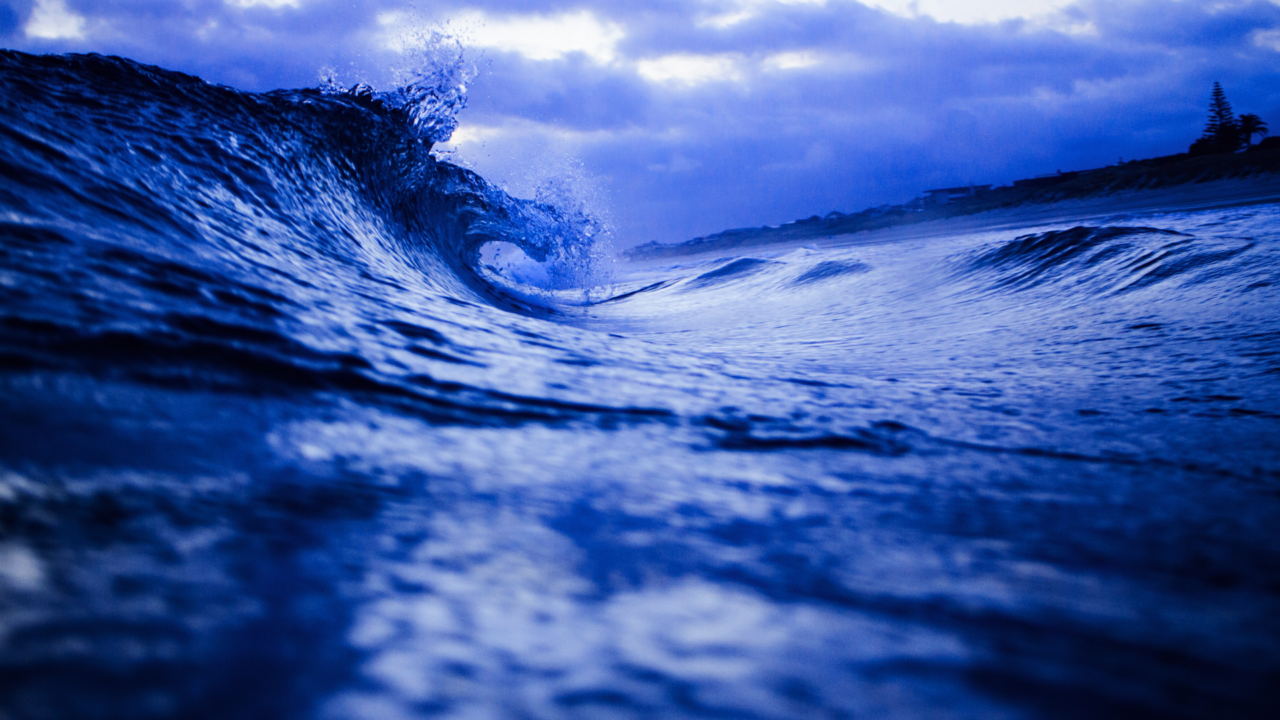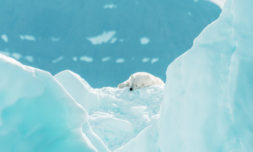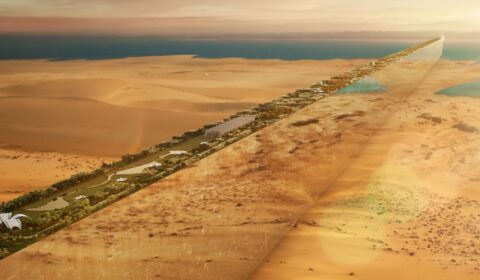As climate change continues to throw marine ecosystems out of balance, MIT research shows that the colour of our oceans are physically changing.
When we talk about natural wonders of the world, we typically associate rich colour with health and vitality – particularly with fauna and flora.
In the case of our oceans, however, the aesthetically pleasing ‘deep blue sea’ generally means organic life isn’t overly prosperous. Despite being markedly less desirable for holiday-goers and Instagram models, greener hues usually indicate areas where the most activity is occurring.
Though green can also be a symptom of pollutants, it’s predominantly a bi-product of tiny microorganisms called phytoplankton which provide sustenance for small fish and crustaceans. In essence, the ocean’s colour is ‘a literal reflection of the organisms and materials in its waters,’ says a research team at the MIT.
In a recent study published in nature, they revealed that constant shifts in the balance of these marine ecosystems, due to human-induced climate change, have been reflected by colour changes in the world’s oceans over the last two decades.
Though changes are sometimes visible to the naked eye, subtle differences in shade are only discernible from satellite data using wavelength and light measuring technology. ‘These are changes that you really do need sensors to see, and you need long periods of time,’ says team member Stephanie Dutkiewicz.
Colour changes can happen organically as weather patterns shift between seasons, as phytoplankton vitality depends on energy harvested from sunlight.
Severe wind events like El Nino and storms can also drastically affect the abundance of such organisms, though researchers claimed to have negated both factors by recording colour outside of periods of natural variability.




















